
50 Years Ago: Fencing of land becomes issue of the day
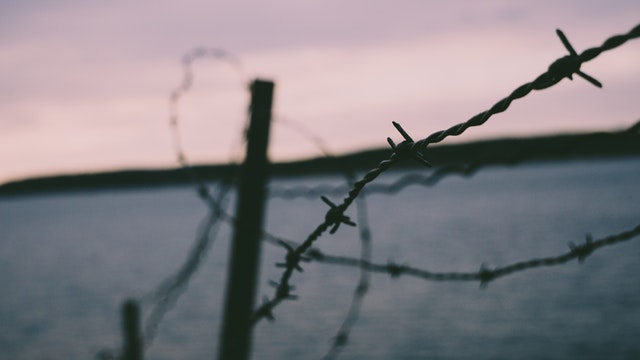
Back in 1967, Navajo Tribal Chairman Raymond Nakai and land officials did not see eye-to-eye on issues surrounding grazing on reservation land.
It wasn’t only about stock reduction but that was still a major bone of contention since the BIA back in the 1960s kept harping to tribal leaders that reservation lands were “grossly overgrazed” and if something was not done about it, there would be no land available for grazing for the next generation.
This was still in the background but the issue of the day back in 1967 had to do with fencing.
The Navajo Tribal Council was meeting the week after the Fourth of July holiday and used part of the time quizzing Nakai about proposals for fencing projects on certain tribal lands.
Ed Plummer, head of the land investigation department, said the fencing proposal has nothing to do with stock reduction but is only being discussed to “better define various grazing areas for improved control and management of grazing districts.”
This was during a time when there were literally hundreds and possibly thousands of grazing disputes both major and minor, in all parts of the reservation.
Almost all Navajos families had customary use areas but exactly how much land was in these areas was based on documents that oftentimes overlapped with documents other families had, so two and even more families may feel they have rights to the same areas for grazing.
Plummer wanted to sort all these claims and come up with customary use areas that could be declared owned by this or that Navajo family to get rid of all the confusion and fighting.
One part of this program was to provide fencing in some areas to prevent livestock from other families entering into another’s customary use area and to keep that person’s livestock wandering onto lands they shouldn’t be on.
But Nakai didn’t seem to be very interested in this program, in part because a lot of Navajo families did not trust government officials. The families thought any idea to deal with the grazing system ultimately had only one goal in mind Ð reducing their livestock to where they couldn’t make a living.
Nakai told members of the Council he felt the grazing situation should be left as it was. Instead the tribe should concentrate its efforts on industrial development, he said, which didn’t have the political ramifications that trying to change the grazing system would have.
The Council must have agreed because the fencing idea was put on the back burner.
In other news, the Navajo Times and other off-reservation newspapers took note of the passing on July 12 of a prominent Navajo.
Willeto Arviso, 91, from Crownpoint, wasn’t a tribal politician. Instead his fame came from the fact that his father was a well-known interpreter and Navajo scout by the name of Jesus Arviso.
Willeto Arviso, a rancher for most of his life, was born on July 1, 1876, in Crownpoint at a time when many people in the area still had a good memory of his father.
Jesus Arviso was born in the state of Sonora, Mexico.
In 1843 or so, at the age of 13, he was stolen by Apaches from Arizona and held captive for about 5 months, according to historical records.
He later said he was treated badly by them, but was finally exchanged to a Navajo family in New Mexico. The family traded him for a pony or horse.
Jesus Arviso was raised by the Navajo family, learned to speak Navajo and eventually accepted them as his family. Because he spoke Spanish, he became the interpreter for the Navajo during the signing of the treaty in June of 1868.
According to historical records, Gen. William Sherman had to use a three-prong approach to talk to the chieftains who showed up to negotiate the treaty: He would say what he wanted to say in English and then someone would repeat it in Spanish to Arviso who would then translate it into Navajo.
It was time consuming but, according to Sherman, the system worked.
After the signing, Arviso would find himself called upon numerous times to use his skills so federal officials could communicate with the tribal elders.
He also served as a Navajo scout with the U. S. Army in the 1860s. He died in 1923 in Tohatchi, according to one historical report.
And briefly, the Navajo Times reported this week that the Gormans Ð Carl, the father, and R.C., the son Ð were the featured artists in a new gallery opening in San Francisco.
The gallery, belonging to the prestigious American Historical Society, would honor the Gorman family with a show. A traditional Navajo blessing was held during the opening.
At the time, R.C. Gorman had a studio in San Francisco and was just becoming well known. Carl Gorman was director of the Navajo Cultural Center in Window Rock.
Among the guests at the opening were representatives of 15 nations who had consulates in San Francisco.
To read the full article, pick up your copy of the Navajo Times at your nearest newsstand Thursday mornings!
Are you a digital subscriber? Read the most recent three weeks of stories by logging in to your online account.

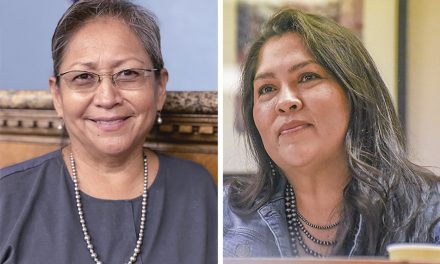
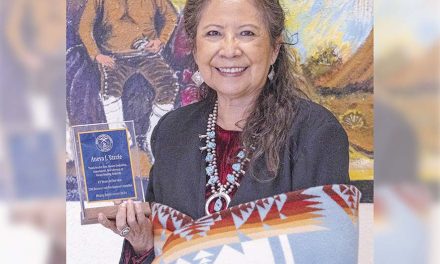

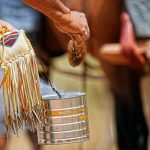
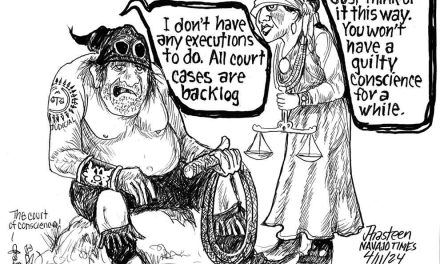

 Highway 264,
Highway 264, I-40, WB @ Winslow
I-40, WB @ Winslow